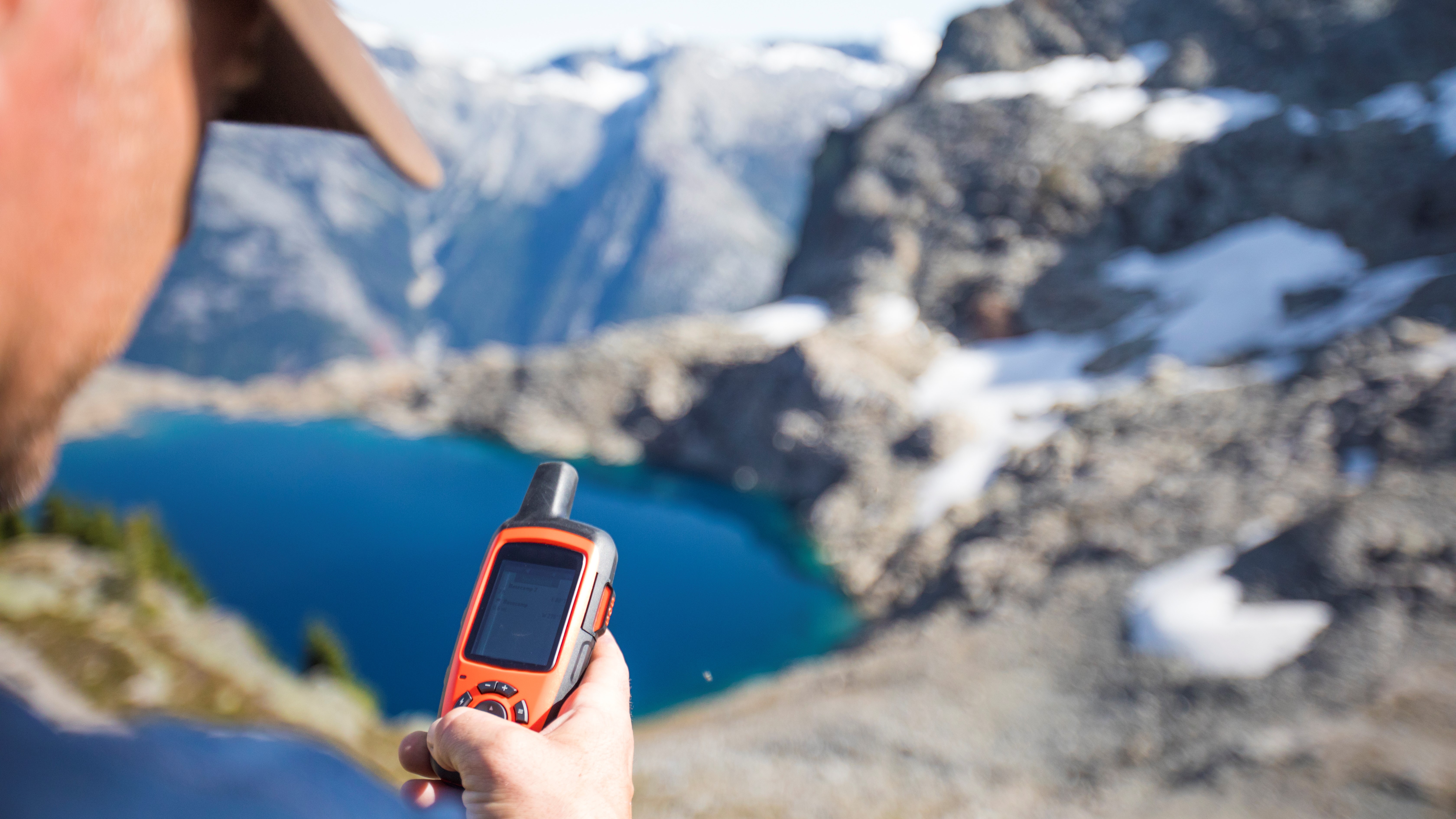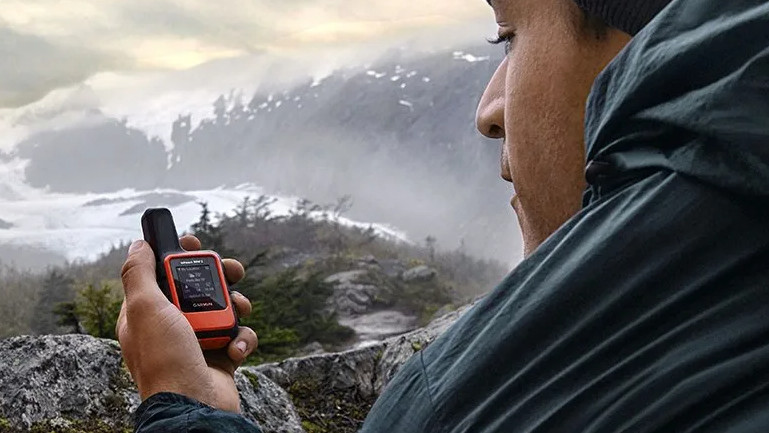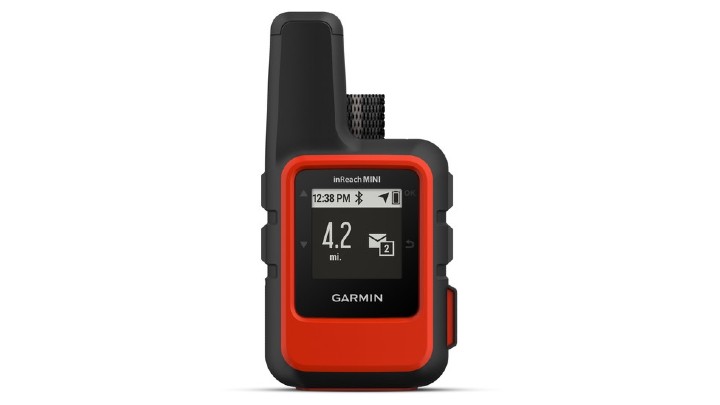Do you need an emergency beacon for hiking?
A look at emergency beacons for hiking, including how they work and the different types available, to help you figure out whether or not you need to carry one on your adventures

As outdoor recreation increases in popularity, search and rescue missions are becoming a daily occurrence. Though this is largely the result of sheer volume, there are lots of steps you can take to help ensure you don’t become tomorrow’s headline, from learning how to read a map and use a compass to carrying an emergency beacon for hiking. In this article, we take a look at emergency beacons for hiking, including how they work and the different types available, to help you figure out whether or not you need to carry one on your adventures.

What is an emergency beacon for hiking?
An emergency beacon for hiking (also known as a personal locator beacon, or PLB) is a small handheld device that will send out a distress signal in the event of an emergency.
PLBs operate using satellite technology, and therefore work even when you don’t have cell service, which is why they’re recommended for backcountry hikers and skiers. When activated, your PLB will transmit a homing signal which communicates your exact location to a global system of satellites which then communicate that information to the appropriate mountain rescue team to mobilize a search and rescue mission.
A true PLB serves a single purpose – to send out a distress signal when you need help. For a one-time investment of a few hundred dollars, PLBs like the ACR Electronics rescueME PLB1 Personal Locator Beacon provide you with a simple-to-operate device that has a battery that will last for years, but no other functions.
Satellite messengers like the Garmin inReach Messenger cost anywhere from $200 to $700, and also send a distress signal when activated. This signal goes to GEOS Worldwide, a 24/7 emergency monitoring and incident response service which is now owned by Garmin and based in Texas. Satellite messengers not made by Garmin use the same network.
Satellite messengers require a monthly subscription plan, so they involve a bigger investment, but they also provide other functions, such as the ability to send and receive messages, as well as navigation and weather reports. Some will even sync with your phone, smartwatch or fitness tracker. Satellite messengers have rechargeable batteries which usually hold their charge for a few days or a couple of weeks. These have become more popular than PLBs due to their increased functionality.
Whichever device you chose, it will typically require manual activation by pressing a button, though both work best when you have an unobstructed view of the sky which means if you’re in a deep gorge, under an overhang or tree canopy, it may take longer for satellite to pick up your signal and your location may not be as precise.
All the latest inspiration, tips and guides to help you plan your next Advnture!

Are personal locator beacons worth it?
Both PLBs and satellite messengers entail significant expense – a PLB might set you back between $200 and $400 initially and require a replacement battery every five to seven years, which can cost another chunk of change. Satellite messengers may come with an even higher price tag, and then there’s the monthly subscription plan on top of that, so it’s no wonder that you might be hesitating over buying one. There are, however, some major benefits to using a PLB or satellite messenger:
- They can save your life if you have an accident or medical emergency in a remote area.
- They work when cell phones don’t and are also more rugged and weather-resistant than phones.
- They work worldwide (though your satellite messenger coverage might vary according to your subscription plan).

Do you need an emergency beacon for hiking?
There are people who will tell you that you should never venture into the wild without an emergency beacon of some kind, although it’s almost certainly true that most hikers and skiers don’t carry one and the vast majority come home very much alive. If you have more money than you know what to do with, it certainly won’t do you any harm to travel into the backcountry with one and it will only add a few ounces to your hiking backpack. However, if your hiking usually takes place on well-maintained and high traffic trails with good cell service and in good weather, your phone will often suffice, though it's by no means a foolproof option.
If your adventures tend to be of the Type 2 variety, taking you into more remote areas, during winter when avalanche risk is high or otherwise involving activities like scrambling, mountaineering and ice climbing, it’s probably worth investing in an emergency beacon. Though we all like to think that we’re responsible and experienced adventurers, very experienced hikers do get rescued from mountain sides every single day and there are lots of factors that are just out of our control.
If you do decide to purchase a PLB or satellite messenger, make to follow these procedures:
- Register your device and provide emergency contact information.
- Read the instructions carefully and make sure you understand how your device works as each one is different.
- Carry your beacon in a safe place where you can easily reach it but where you won’t accidentally send a distress signal and trigger an unnecessary rescue mission.
- Only activate your beacon in the event of a genuine emergency – if you wouldn’t dial 911, don’t send an SOS call.
- If you do have to send a distress signal, try to have a clear view of the sky when you do so, and do not move from your location once it has been sent.
- Rescue can take many hours depending on the weather and your location – ensure you have emergency equipment such as an emergency blanket, emergency shelter, first aid kit and water to sustain yourself until help arrives.
- Make sure your battery is charged before you set off, and if you choose a PLB, make sure the battery still works and doesn’t need to be replaced.
- Best hiking boots: tough footwear for the most rugged terrain
Julia Clarke is a staff writer for Advnture.com and the author of the book Restorative Yoga for Beginners. She loves to explore mountains on foot, bike, skis and belay and then recover on the the yoga mat. Julia graduated with a degree in journalism in 2004 and spent eight years working as a radio presenter in Kansas City, Vermont, Boston and New York City before discovering the joys of the Rocky Mountains. She then detoured west to Colorado and enjoyed 11 years teaching yoga in Vail before returning to her hometown of Glasgow, Scotland in 2020 to focus on family and writing.

